مشاهده لینک ها و تصاویر پس از ورود یا عضویت for potable water and sewage applications have been in use in the UK since the 1960’s. Since that time, production techniques and applications have evolved, but essentially plastics have repeatedly shown that they are the superior materials for a great range of installations, and now the standards that others must follow.Many practical and cost benefits of plastics derive from their inherent properties. Firstly, plastic pipes made from polyethylene (PE) and polypropylene (PP) materials have the flexibility to tolerate ground movement without cracking, whilst at the same time being sufficiently strong to prevent excessive deformation under the combined effects of backfill and traffic loading.
Plastics also address one of the key concerns for the water and sewage industries: leakage. There is a cost associated with the acquisition, treatment and supply (pumping) of water, and if a water distribution system leaks, the lost water can become an extremely high cost. مشاهده لینک ها و تصاویر پس از ورود یا عضویت have an advantage in leak resistance over other materials. This is because they need fewer joints, as they can be produced, transported and installed in longer lengths. Typically, clay and concrete pipes have 2 or 3 times the number of joints of plastic pipelines. Furthermore, the butt or electro-fusion processes used to join PE pipes provide stronger, tighter, more leak proof joints. These welded joints are self-restraining and costly thrust restraints or thrust blocks are not required.
نمایش نتایج: از 1 به 1 از 1
-
[URL="http://www.parsethylene-kish.com/separsekish/default.aspx?page=document&app=documents&docid=11487&docparid=0"]PE PIPE
لوله پلی اتیلن[/URL]
[URL="http://www.parsethylene.com"]صنعت پلی اتیلن[/URL]
[URL="http://fa.parsethylene-kish.com/spparsekish/default.aspx?page=Document&app=Documents&docId=12630&docParId=12016"]مقالات و مطالب علمی
[/URL]
اطلاعات موضوع
کاربرانی که در حال مشاهده این موضوع هستند
در حال حاضر 1 کاربر در حال مشاهده این موضوع است. (0 کاربران و 1 مهمان ها)
موضوعات مشابه
-
FLUID MECHANICS, Fundamentals and Applications by Yunus A. Cengel and John M. Cimbala
توسط hossein-khazaeii در انجمن کتب تخصصی مکانیک و تاسیساتپاسخ: 1آخرين نوشته: 2014/01/23, 04:46 -
Corrugated Plastic Pipes for Sewerage and Drainage Applications
توسط پارس اتیلن کیش در انجمن پایپینگ، گازرسانی، آتش نشانیپاسخ: 0آخرين نوشته: 2013/01/31, 09:04 -
ضربه قوچ Water Hammer
توسط abdoos در انجمن پایپینگ، گازرسانی، آتش نشانیپاسخ: 0آخرين نوشته: 2012/05/23, 15:39 -
دیگ های لوله آبی (Water Tubes)
توسط ramincm در انجمن تجهیزات گرمایشیپاسخ: 1آخرين نوشته: 2012/03/19, 14:16 -
آشنایی با تکنیک های جوشکاری در زیر آب welding under water
توسط mrhaghani در انجمن تجهیزات گرمایشیپاسخ: 2آخرين نوشته: 2012/01/20, 07:18
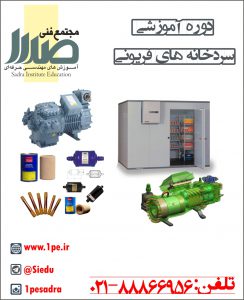
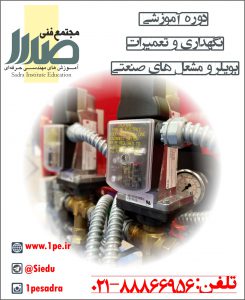
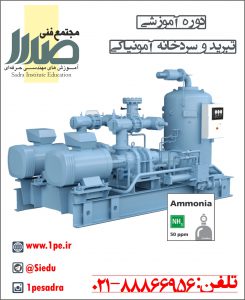
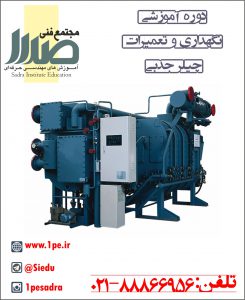

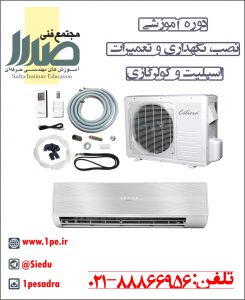



 پاسخ با نقل قول
پاسخ با نقل قول
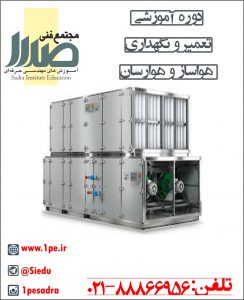
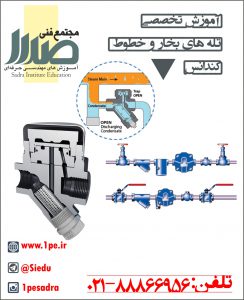

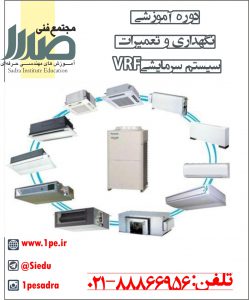

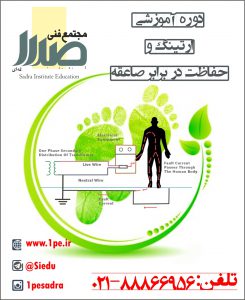
علاقه مندي ها (Bookmarks)